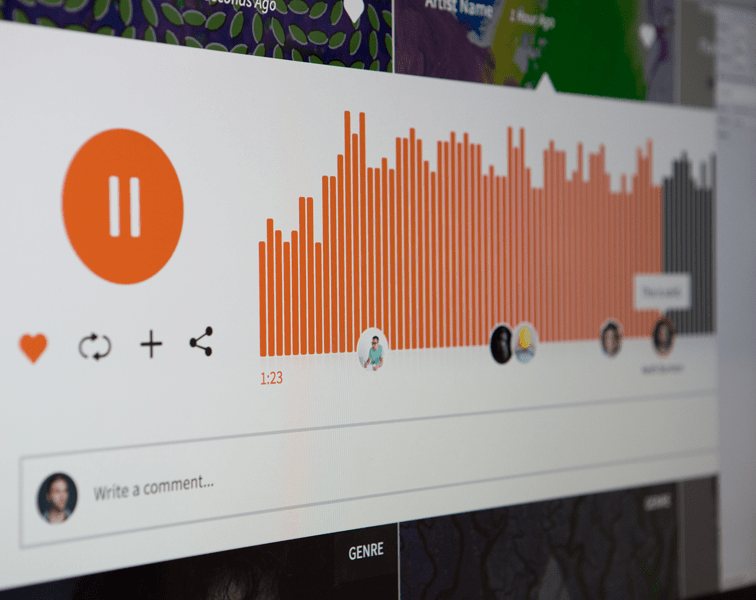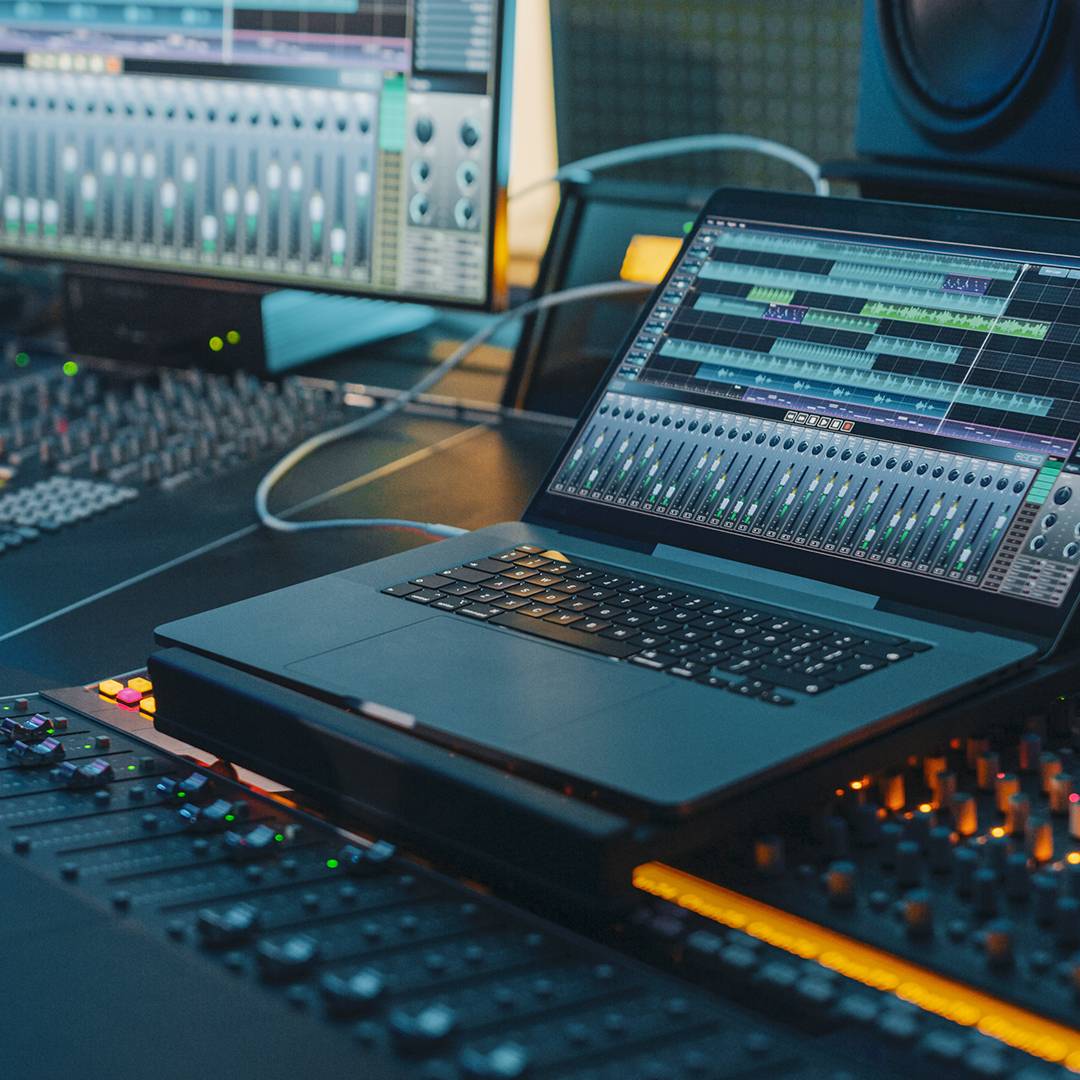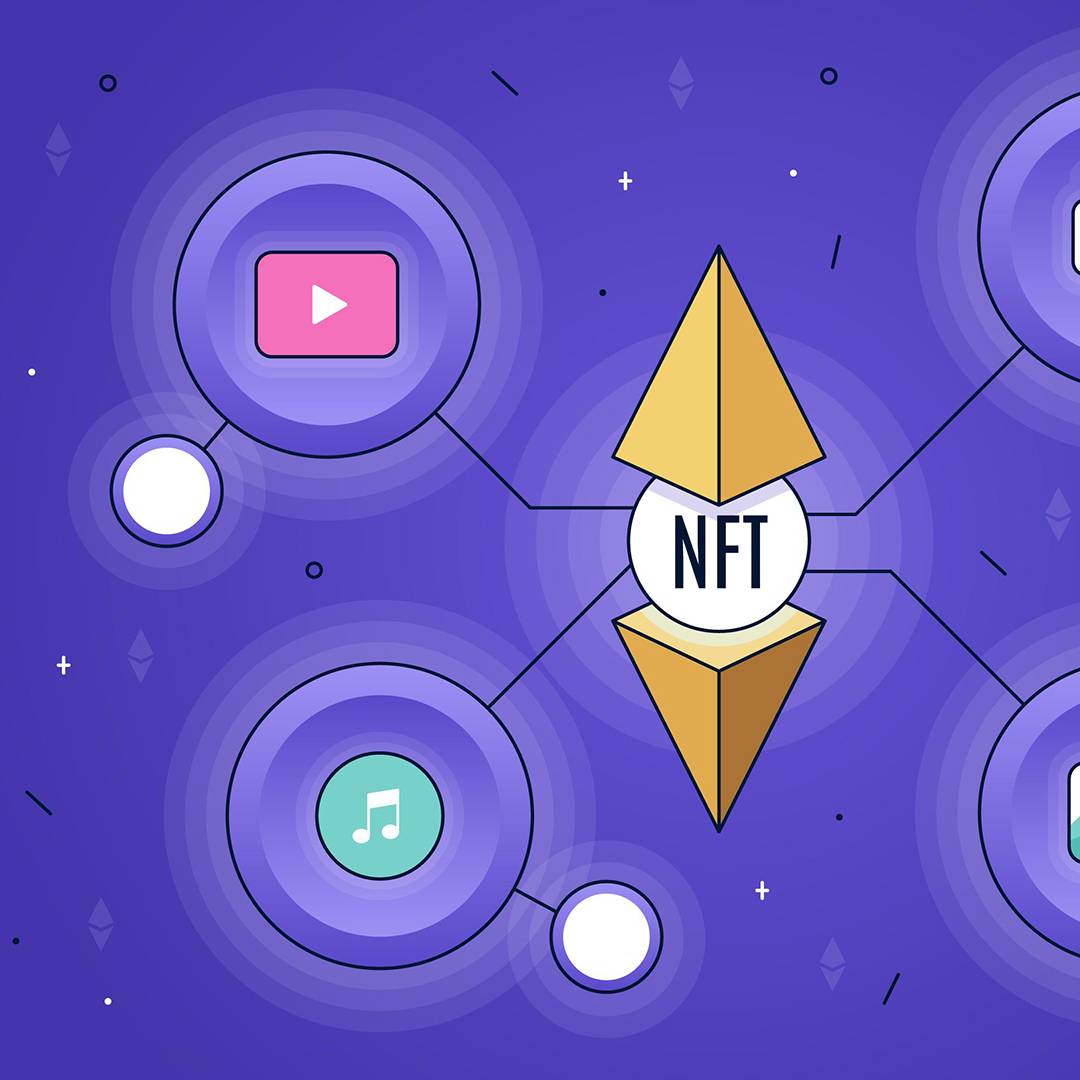The music industry is undergoing a seismic shift, with streaming platforms, social media, and emerging technologies reshaping how artists connect with fans. Valued at $8.95 billion in 2024 and projected to hit $17.9 billion by 2033 (8% CAGR), the music market offers immense opportunities for companies in promotion, marketing, PR, and artist development. However, intense competition, high supplier power, and piracy risks demand a strategic approach.
Here’s a concise guide to thriving in this dynamic space, based on a comprehensive analysis of market trends, competitors, and actionable strategies.
The Current Music Market Landscape
The music industry in 2025 is defined by digital dominance and evolving consumer habits. Streaming platforms like Spotify (47.8% market share, 71M subscribers) and Apple Music (10.6%, 40M subscribers) lead distribution, fueled by smartphone penetration and personalized playlists. Live events and festivals are rebounding post-COVID, contributing significant revenue, while independent artists leverage digital tools to bypass traditional labels, which once controlled 88% of recorded music.
Consumers crave instant access, personalized experiences, and authentic artist connections, driving demand for innovative promotion and marketing solutions.
Key Trends, Threats, and Innovations
Several trends are shaping the industry:
- Streaming Dominance: Platforms like Spotify and Apple Music are the primary channels for music consumption.
- Social Media Power: TikTok, Instagram, and YouTube drive viral discovery and fan engagement, with TikTok especially influential among younger audiences.
- Live Events Surge: Concerts and festivals are back, offering high-margin revenue streams.
- Indie Artist Growth: Digital platforms empower artists to self-promote and monetize directly.
However, threats loom large:
- High Competition: Low switching costs and a crowded digital space make differentiation critical.
- Piracy and Royalties: Persistent piracy and disputes over artist compensation challenge profitability.
- Market Saturation: Standing out in a noisy digital landscape is increasingly difficult.
Disruptive innovations offer solutions:
- AI Personalization: AI-driven playlists and marketing tools enhance user experiences and campaign efficiency.
- Blockchain: Transparent royalty tracking builds artist trust and streamlines payments.
- NFTs: Non-fungible tokens create exclusive fan experiences, from virtual meet-and-greets to limited-edition tracks.
- Crowdfunding: Platforms like Patreon enable direct fan support for independent artists.
To keep in mind that the music promotion and marketing space is fiercely competitive.
Here’s a snapshot of key players mostly DSP’s:
- Spotify: Freemium model, extensive catalog, and personalized algorithms. Strong global reach but faces profitability challenges and artist backlash over royalties.
- Apple Music: Premium subscription model integrated with Apple’s ecosystem. Seamless user experience but limited free tier and indie artist focus.
- Sony Music: Traditional label with global distribution and financial muscle. Slow to adapt to digital trends, with high overhead costs.
- TikTok: Social media-driven discovery platform with viral reach. Limited artist monetization and reliance on fleeting trends.
- SoundCloud: Indie artist hub with freemium uploads and analytics. Smaller market share and financial instability.
Conclusion
The music industry in 2025 is a land of opportunity and challenges.
By leveraging AI, blockchain, and hybrid live-digital models, companies can differentiate themselves in a crowded market. Remember to be creative, remember that music is all about creativity and that focusing on indie artists, niche markets, and strategic partnerships will drive sustainable growth, not in one day – but overtime – for sure.
As the industry evolves, agility and innovation will be key to building lasting connections between artists and fans.



